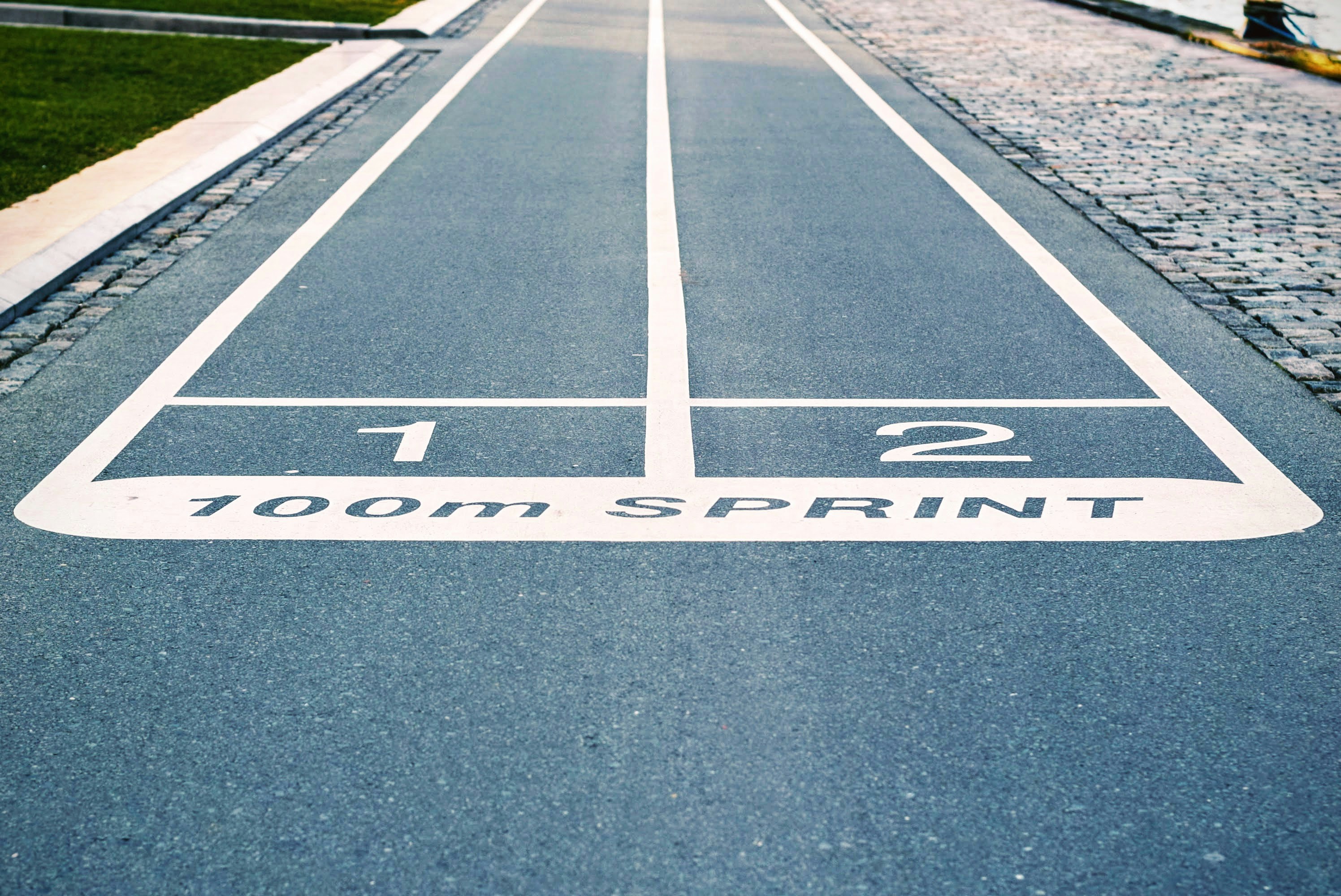Unveiling the Artistry and Athleticism behind Ballet as a Sport
Introduction: Step into the world of ballet, a realm where artistry meets athleticism. This article delves into the heart of ballet's evolution, its recognition as a sport, and its intricate blend of physical prowess and artistic expression. The narrative of ballet as a sport begins in the 15th-century Italian Renaissance courts. In its infancy, ballet was a form of entertainment for the nobility, characterized by elaborate costumes and decadent courtly dances. However, as ballet evolved, so did its demands on the performers. Today's ballet dancers embody a unique combination of strength, stamina, flexibility, and precision, highlighting the athletic aspects of this art form.
Ballet and the Modern Concept of Sports
Sports are often defined by elements like competition, physical exertion, and skill. Ballet checks all these boxes. Ballet dancers train rigorously, often for more hours than professional athletes in other fields. Their rehearsals are marked by intense physical exertion, requiring incredible strength, endurance, and flexibility. Moreover, ballet is inherently competitive, with dancers vying for limited spots in prestigious companies and coveted roles in productions.
The Physical Demands of Ballet
Ballet dancers are high-caliber athletes. A study by the American Journal of Sports Medicine found ballet to be physically as demanding as football. Dancers frequently leap, spin, lift, and balance in ways that require exceptional muscular strength and endurance. Furthermore, the aesthetic element of ballet requires dancers to execute these movements with grace and finesse, adding an artistic layer to their athletic performance.
The Artistry of Ballet as a Sport
While the physicality of ballet is evident, its artistry sets it apart from other sports. Ballet tells a story, expresses emotion, and captivates audiences with its beauty. The aesthetic component of ballet—the costumes, the music, the set design—elevates it from mere physical exertion to a form of artistic expression. This fusion of athleticism and artistry creates a unique sports discipline that challenges both the body and the mind.
The Future of Ballet as a Sport
As we move forward, the recognition of ballet as a sport continues to grow. More people are appreciating the physical prowess of ballet dancers and acknowledging the intense training involved. Ballet companies and schools are also placing greater emphasis on the health and fitness of their dancers, incorporating cross-training and preventive measures to enhance performance and prevent injuries. The future of ballet as a sport looks promising, bound to inspire a new generation of athletic artists.
In the world of sports, ballet stands out as a unique blend of athleticism and artistry. It challenges our traditional perception of sports, encouraging us to appreciate the physical demands of artistic expression, and to celebrate the athletes who bring this art form to life. The recognition of ballet as a sport not only validates the hard work and dedication of ballet dancers but also expands our understanding of what constitutes a sport.





